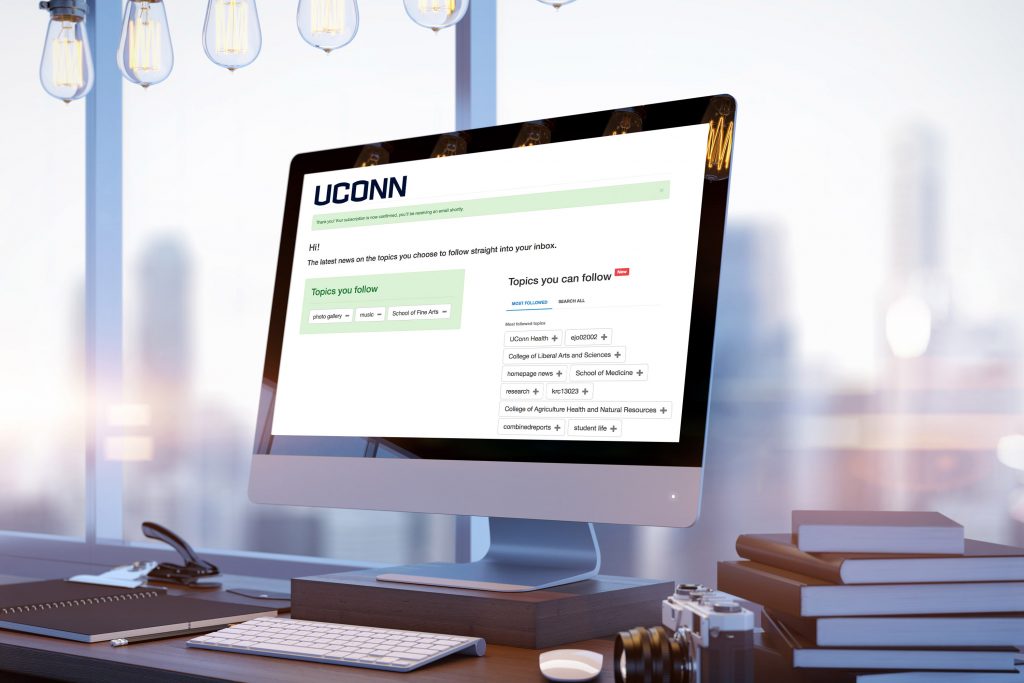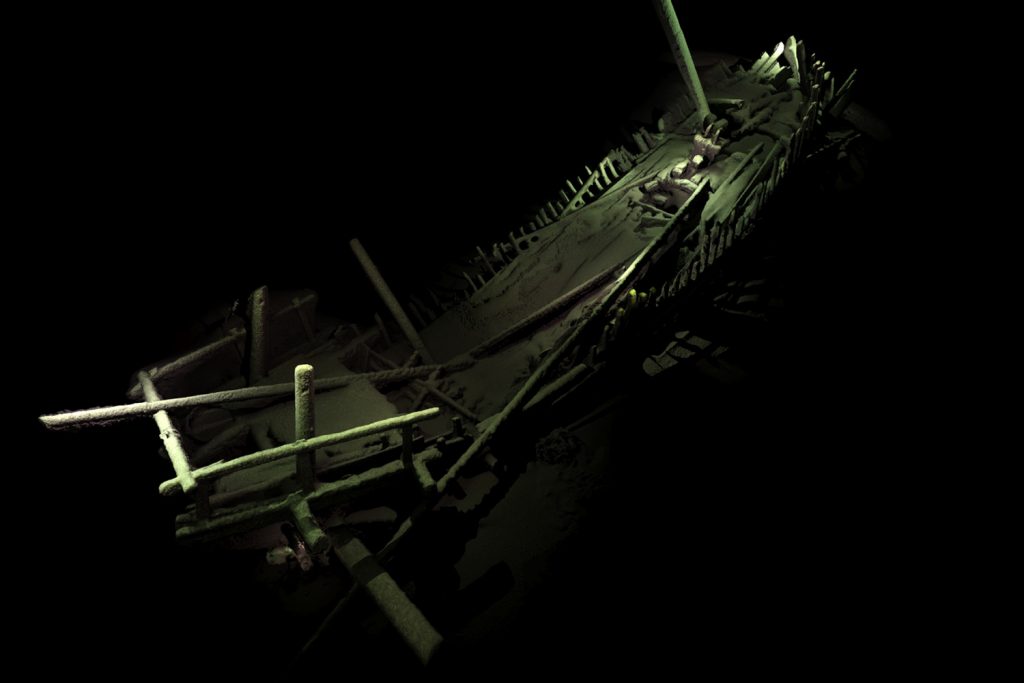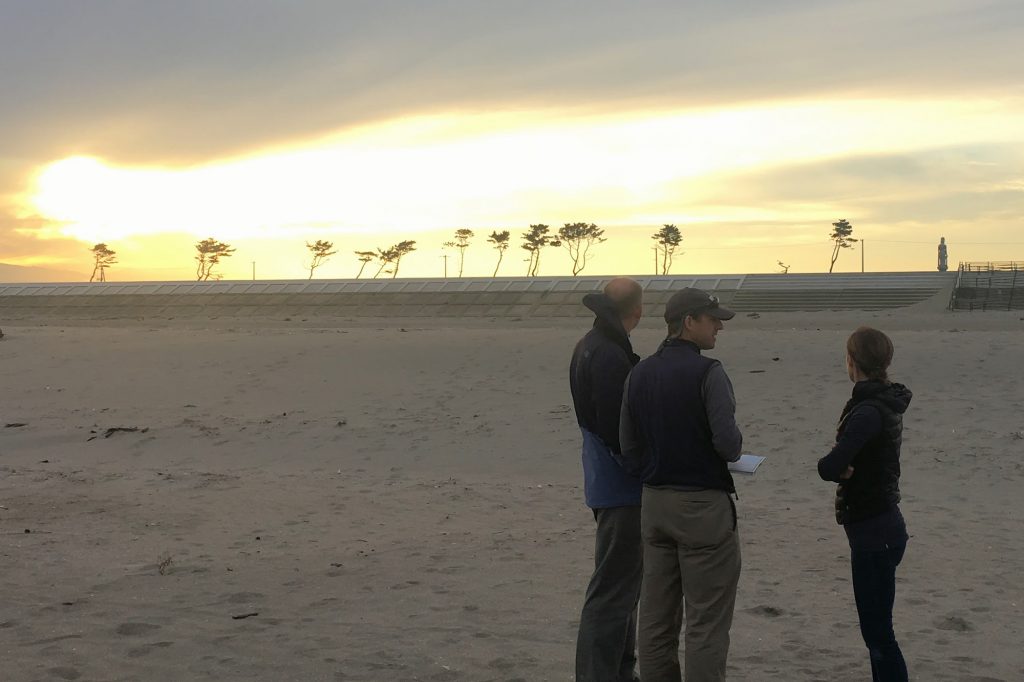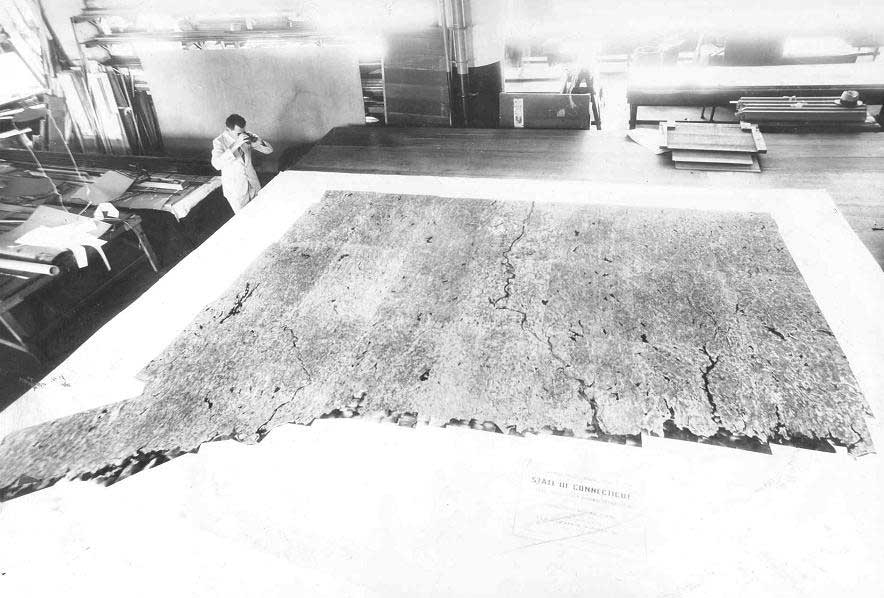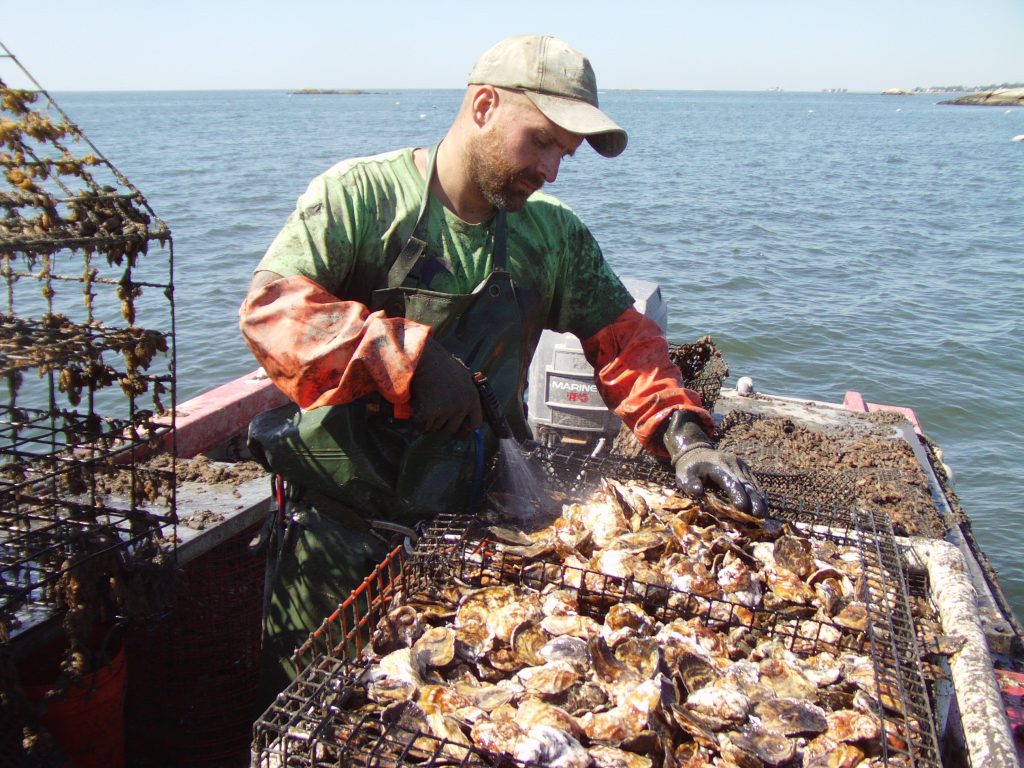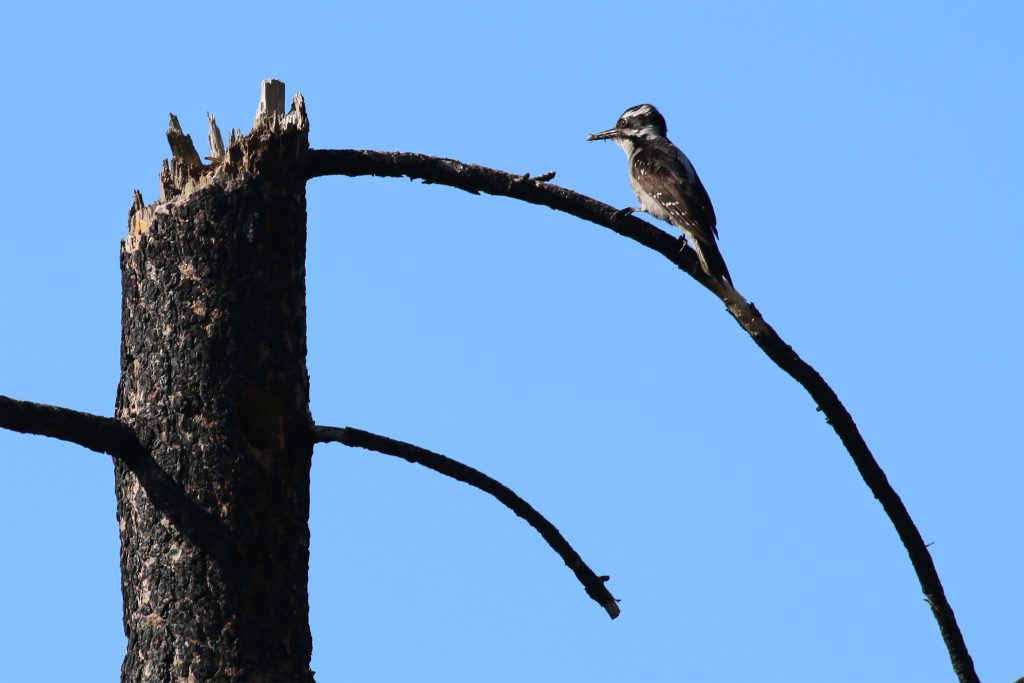Sustainability
Researcher Unveils Tool for Cleaner Long Island Sound
A UConn ecologist has identified specific sources of nitrogen pollution along Long Island Sound, and shows municipalities what they can do to alleviate it.
February 20, 2017 | Kim Krieger
Subscribe by Topic
Subscribe to UConn Today’s News@Me and receive email updates customized to your specific interests.
January 30, 2017 | Combined Reports
The Fungus-Fighting Secrets in the Sugar Pine’s Genome
Researchers have sequenced the enormous genome of the world's tallest pine, offering the potential for using genetic resistance to fight an invasive fungus that threatens to destroy the species.
January 10, 2017 | Katie Pieper, Genes to Genomes blog
Feeling the Heat: The Urban Response to Climate Change
A survey of low-income Hartford residents shows many are concerned about climate change and want to learn more about it to protect themselves and their families.
December 19, 2016 | Colin Poitras
UConn Expert on the Pipeline Protest at Standing Rock
Professor Barbara Gurr calls Sunday's ruling in the Standing Rock Sioux Tribe's battle to defend their land, their water, and their treaty rights, a "pause."
December 6, 2016 | Amanda Falcone
Black Sea Project Discovers Unseen Medieval Ship
UConn nautical archaeologist Kroum Batchvarov says seeing the medieval shipwreck for the first time was 'a truly thrilling moment.'
November 29, 2016 | Kenneth Best
Tackling the Science of Disaster
Just weeks before the Nov. 22 earthquake in Japan, UConn faculty and students from three different departments visited the country to explore the potential to create new opportunities for international research in disaster science.
November 28, 2016 | Amanda Falcone
Worth a Thousand Words: Connecticut’s Coastline Changes
From early hand drawings and aerial photos to today's drone images, a new website tells the story of changes in the Connecticut coastline over the past century.
November 15, 2016 | Elaina Hancock
Initiative Calls for Diversification of Shellfish Industry
The plan embraces the state’s shellfish as a natural resource and recreational harvesting as well as commercial shellfishing.
October 19, 2016 | Loretta Waldman
‘Goldilocks Fires’ Can Enhance Biodiversity in Western Forests
Mixed-severity fires – not too hot, not too cold, but overall just right – in the forests of California’s Sierra Nevada can increase bird biodiversity over time, a study finds.
October 4, 2016 | Christine Buckley

